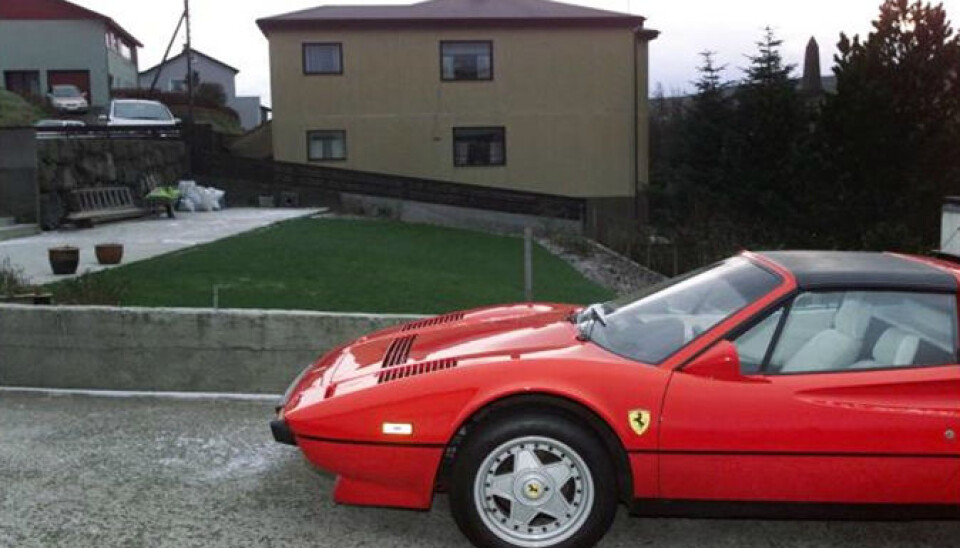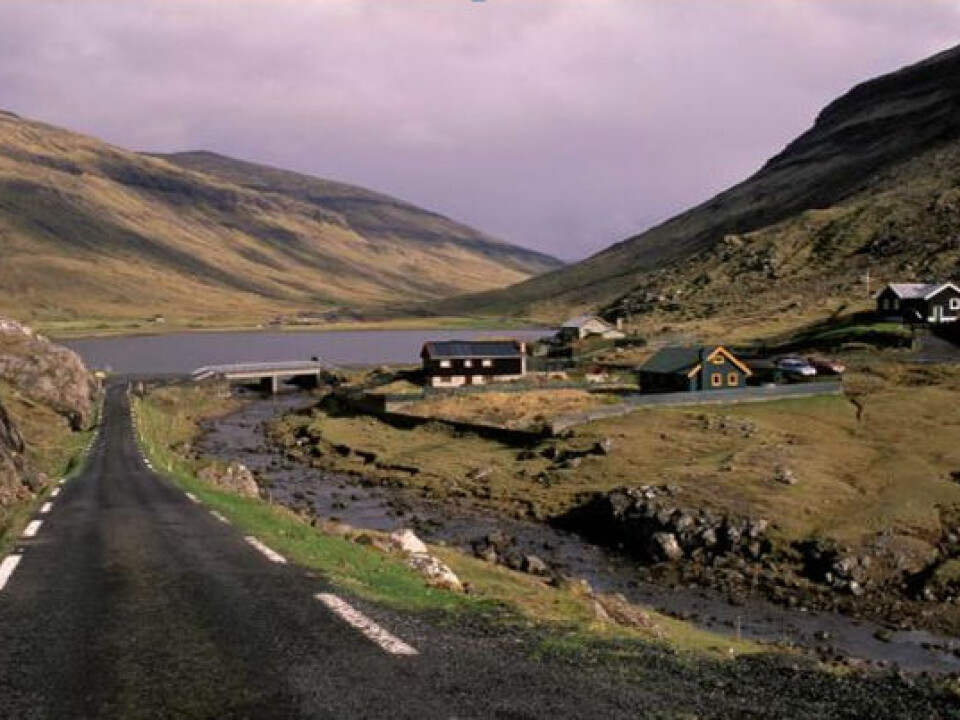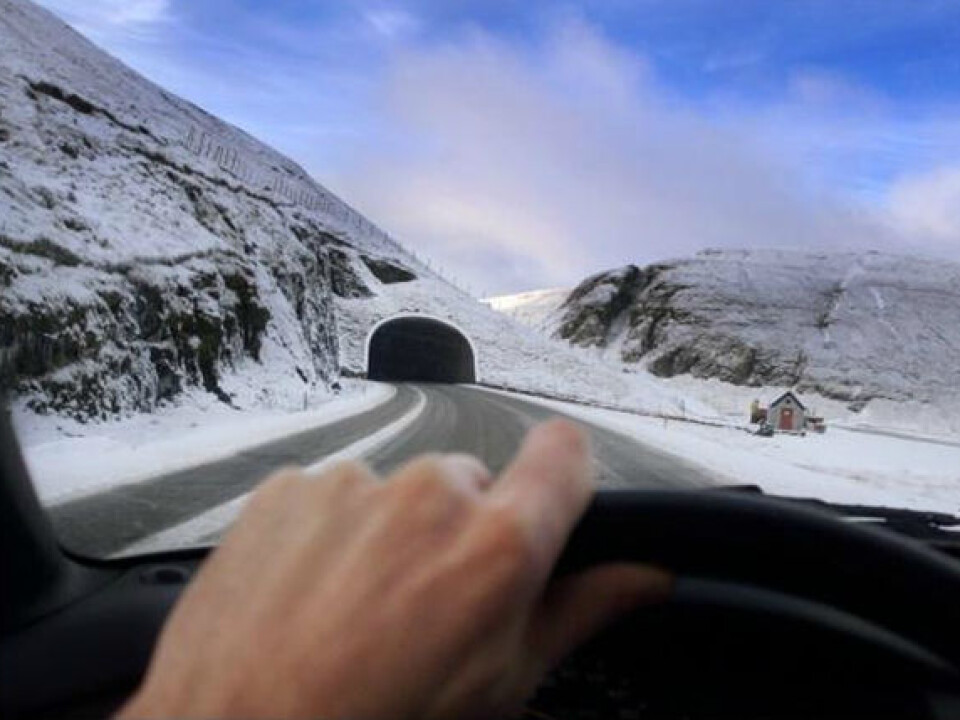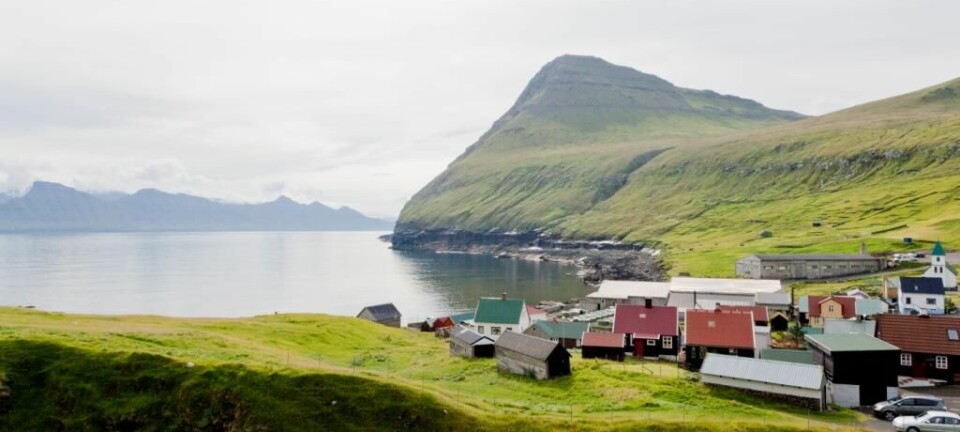
The road to adulthood: car culture in the Faroes
Cars dominated Faroese youth culture in the ’70s and ‘80s, as young men found strong symbolic values in owning and driving a car. Today’s youths are, however, finding values in other activities.
Most people associate the Faroe Islands with fish and rough seas. The windswept archipelago out in the dark North Atlantic is usually described as the home of the hardy fisherman.
But times are changing. ‘A boat-less man is a bound man,’ says the old Faroese adage. No boat, no life.
The Atlantic Ocean is still the main source of income for the Faroese, but life as a fisherman or a hunter has now lost its cultural status among the younger generations.
Young men, whose greatest dream once was to own their own boat, started to shift their focus to cars and roads in the 1970s and 1980s. It may sound ironic that the introduction of motor vehicles represented a radical change on the tiny rocky islands, where the distance to the nearest coast never exceeds five kilometres.

Since the ‘70s, the old adage has started to sound more like ‘A car-less man is a bound man.’
The ‘80s and ‘90s
Faroese youths didn’t really feel free and grown-up until they got their driver’s licence. The keenest teenagers even tried to arrange it so that they passed their driving test on their 18th birthday. It didn’t make sense to delay the big day – the start of their career as a driver.
The car had a variety of functions. To these teenagers, it was more than just a useful means of transport.
It was a freedom symbol that was in high demand. It was the entry to the world of adulthood. To many of the young men, the car also symbolised masculinity. It turned innocent boys into fearless men. The car key opened the door to a lifestyle of entertainment and sensuality, with new social networks to boot.
A Nordic angle on a universal trend

Of course, Faroese youths aren’t alone in their attraction to fancy cars and high speeds. Youth researcher Kevin Mogensen, for example, has written about men and high-risk driving in Denmark (In Danish only). And Finnish sociologist Heli Vaaranen has written about working class boys and street races in Helsinki.
The periphery joins in
With the arrival of cars in the ’70s came substantial expansions to the infrastructure, with new roads and streets, bridges and tunnels covering most of the 18 islands.
The small villages in the periphery now literally came into contact with the outside world. This modernisation had a great impact on Faroese child and youth culture. The untamed Atlantic Ocean, which had been the arterial road for a thousand years, was being replaced by modern wheel-based traffic on land.
Naturally, however, this only applied to a limited part of everyday life and work. A large share of the male Faroese population, especially in the villages, still worked on fishing and cargo vessels. They could afford the fanciest and most expensive cars on the islands.

The car-obsessed youth group had its golden age in the ‘80s and early ’90s.
Joys and perils
It did, unfortunately, not take long before serious accidents started to occur on the roads. Young male drivers, in particular, became branded as ruthless, selfish petrolheads.
Experience has shown that it’s nearly impossible to change the risky behaviour and lifestyle of the worst of these speed hogs. They continue their lives in the fast lane, even after close friends have died in meaningless road accidents.
Many of the young men I have interviewed mention the adrenaline rush they get from the high speeds. Most of them, however, are keen to point out that society’s great condemnation of young male drivers is deeply unfair.
The car fills a void in the villages
The car can be said to have filled a vacuum in the village culture, since many of the small communities were short on structured leisure activities for children and youths. In this way, the car often turned into a mobile youth club and a café for a small group of friends.
These rides, which normally took place in the evening and night hours, had no clear destination. They just drove back and forth along the same roads in the towns.
The Fast and the Furious
Young people’s values and attitudes in relation to cars and driving were strongly influenced by international media trends. The car was associated with fantasy, speed and danger. Like a wild animal, the car had to be tamed by its master.
Popular American movies such as The Fast and the Furious and computer games like Need for Speed have had a great influence on the Faroese automotive culture. The young driver should ideally be able to perform a spectacular show, one which demonstrated the car’s four main qualities: speed, potency, elegance and wildness.
In this context, risky behaviour was an intentional act, which was part of the game, so to speak.
In addition, the film and music industry have, ever since James Dean’s fatal crash in 1955, had a tendency to romanticise death and depravity in traffic.
Flirts and nocturnal affairs
The dream of cars also included a wish for peer acceptance. Many young teenagers, girls in particular, became part of the car culture as early as at age 12 or 13. They played the part of selected backseat passengers in cars that rolled through the dark city streets with pop music banging out of the big speakers.
The cars drove back and forth on a couple of short stretches of road, often hours at a time, while the young passengers talked and listened to music.
Meanwhile, extensive communication was taking place between the cars in the form of flashing headlights and wailing horns.
Sometimes they agreed to meet in a parking area where boys and girls from several cars could meet up. Most of the drivers were young men and most of the backseat passengers were girls.
Not all players in the game were sitting in cars, though. Young people strolling on the pavements were of great interest to the drivers. The girls wanted a ride, but not with just any driver.
A symbol of personal space
The car was a hangout for young people who wanted freedom from their parents’ nagging and monitoring. To many, it symbolised a private sphere in which friendships and romances were formed and nurtured.
This newly-found mobility also made it easier to visit friends and relatives in nearby villages.
On Eysturoy, the second-largest of the islands, which has a string of medium-sized towns and a modern road network, the car was an essential part of life for young people. Many of the boys were creative amateur mechanics, who could fix and rebuild their cars without help. They would, for instance, lower the chassis, install huge subwoofers, tint the windows or mount custom wheel rims.
The boys spent most of their spare time working on their car, so they could impress young by-passers when the car rolled through the town’s streets.
Fifteen years later
Faroese youth culture has seen great changes in the past few years. The ‘90s and the arrival of the internet marked the end of the Golden Age of the Atlantic cowboy.
Today, young men who drive customised cars with oversized tyres and neon lights are ridiculed and thought of as comical persons who are stuck in the ‘70s and ‘80s.
Many of the young girls I have interviewed also told me directly that men with cars are not the girl magnets they think they are. In many villages, however, the car remains a favourite with youngsters, partly due to a lack of other leisure activities in the area.
Faroese youths had easy access to cars. Many were free to borrow their parents’ car, while others worked hard to afford a used car. Some took bank loans to buy their first car, and kids from rich families sometimes received a car for their 18th birthday.
The youngest ones, those who didn’t have a driver’s licence, were allowed to sit in their older friends’ cars. Children are generally given free rein in the Faroe Islands. Children and teenagers spend a lot of time with their peers, but also with older youths, out of the parents’ reach.
Today’s teens have broader interests
From a road safety perspective, it’s good to see that today, an increasing number of young people lead ‘happy’ lives without cars. The car has been replaced by a variety of other social activities.
The youth culture has undergone great changes since the ‘80s. The cultural diversity has increased a great deal, and today’s teens display a far greater variety in their values, attitudes and interests.
However, the Atlantic cowboys still have their enclaves in a cultural landscape which in other contexts has moved into a new and more globalised terrain.
The male ideals – the masculinity – in society have also seen radical changes in the past decade. A man no longer needs to prove his worth by driving at breakneck speeds.
A sailor went ashore and got into a car. Perhaps, in the long run, the ocean will become the Faroese highway again after all.
------------------------------------------
This article is reproduced on this site by kind permission of Jordens Folk, an ethnographic magazine published by the Danish Ethnographic Society.
Translated by: Dann Vinther









